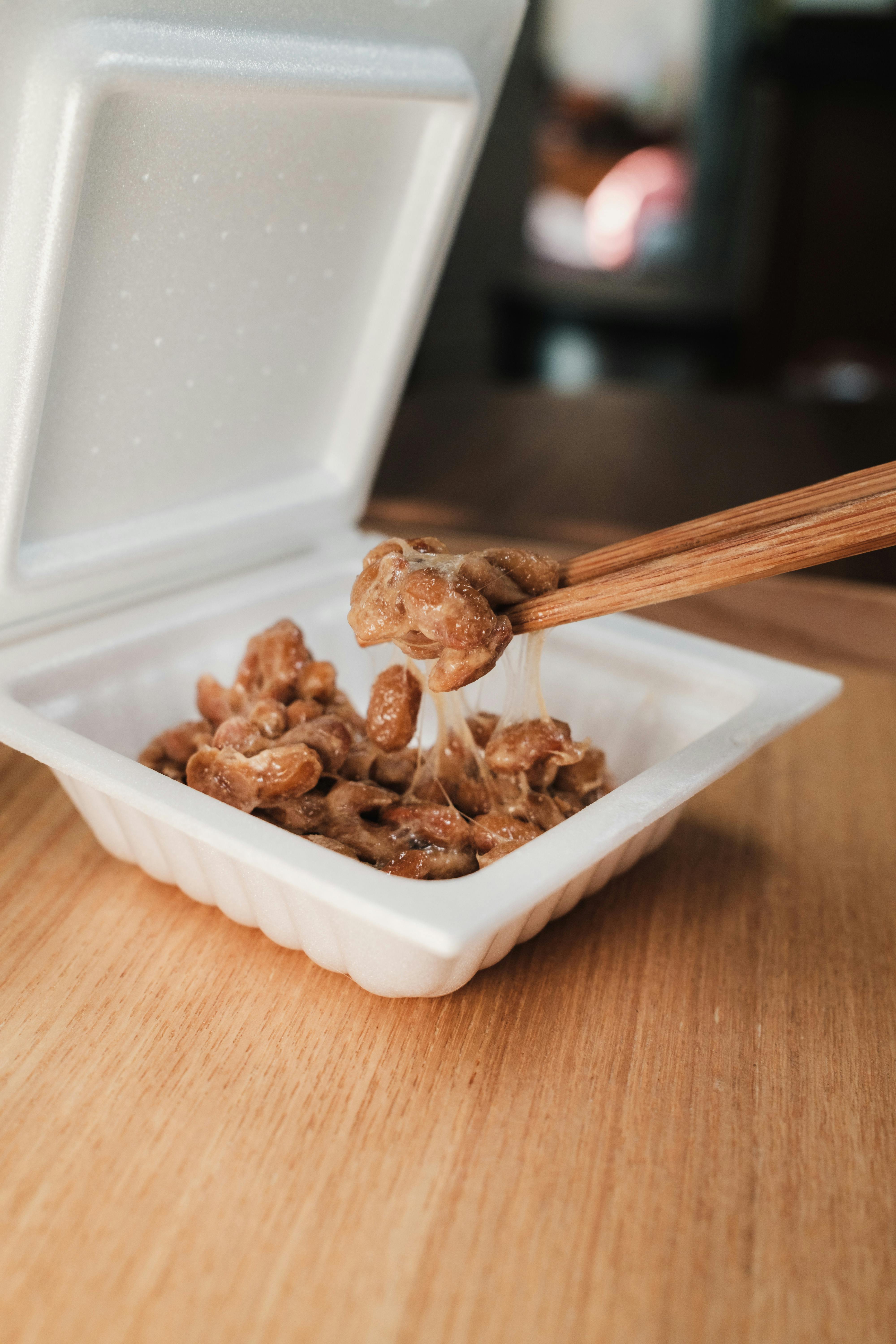Top 5 Ways to Properly Pop a Pimple for Clear Skin 2025

How to Properly Pop a Pimple: Smart Tips for Clear Skin in 2025

Popping a pimple can often feel like a necessary evil. While many seek immediate relief from the annoyance of a breakout, improper techniques can lead to complications such as infections, scars, and prolonged healing. In this guide, we'll explore the safest methods for extracting pimples, tips for post-popping care, and advice from dermatologists on the best practices for pimple management in 2025. The goal is clear skin and a healthier approach to skincare.
Pimple Popping Techniques: When Is It Safe?
Knowing how to pop a pimple safely starts with understanding when it's appropriate to do so. For instance, experts recommend waiting until a pimple is fully formed, typically meaning it has a white head that is visible. This stage indicates that the pimple is ready to be extracted without causing undue damage to the skin. Popping a pimple prematurely can lead to a heightened risk of **scarring** and **inflammation**. Additionally, some types of acne, such as cystic acne, should never be popped as they are deeply rooted and can leave permanent blemishes. Always evaluate the situation before proceeding with any pimple popping.
Understanding Types of Pimples
Different pimples require different treatment approaches. For example, whiteheads are small and contain pus at the tip, making them suitable for gentle **extraction**. Conversely, cystic pimples, which are inflamed and painful, should be left alone and treated with clinical options. Understanding the various types of blemishes—like blackheads and hormonal acne—is crucial. Addressing these underlying causes with dietary changes or specific products can be part of an effective skincare routine for acne.
Pimple Popping Safety Tips
To enhance your pimple popping success, follow these pimple popping safety tips: First, always wash your hands and ensure that all tools, such as *pimple extraction tools*, are clean. This minimizes the chance of introducing bacteria to your skin. Next, consider using ice on popped pimples, as it can reduce swelling and redness effectively. Remember, never squeeze too hard; if a pimple doesn't come out easily, it's best to stop. Lastly, apply pressure gently around the pimple using a tool or your fingers, and make sure to follow up with **aftercare**.
How to Care for Your Skin After Pimple Extraction
After successfully popping a pimple, giving extra attention to your skin's care routine is essential. **Aftercare for popped pimples** is crucial in preventing infections and minimizing scarring. Applying an antiseptic such as tea tree oil or a benzoyl peroxide solution can help kill any bacteria that may cause complications. Additionally, using a **hydrating cream** aids in suggesting a barrier that protects the skin while it heals. Consistency in your product usage is key to allow your skin to return to its normal state efficiently.
Soothing a Popped Pimple
After popping, a pimple will often be tender and inflamed. **How to soothe a popped pimple** involves several steps. Using ice on the area can not only help with initial swelling but also provides a numbing effect that promotes comfort. Applying a topical cream with soothing agents, like aloe vera or hyaluronic acid, can also contribute to skin healing. Consider incorporating this into your **pimple care routine** to ensure that the site of extraction remains calm and hydrated.
Common Myths About Popping Pimples
Given that the topic of **popping pimples** is riddled with myths, it’s vital to understand what is fact versus fiction. Many believe that popping pimples will help them clear faster. However, this isn't universally true as incorrect techniques can worsen the condition and lead to additional breakouts. Additionally, some myths propagate that applying toothpaste to a popped pimple can help, but this can irritate the skin. Instead, relying on dermatologists' advice and established guidelines will help foster a sensible approach.
Preventing Pimples: Maintaining Clear Skin
While knowing how to manage pimples after they arise is essential, understanding **preventing pimples** altogether should be part of any comprehensive acne care strategy. Regular exfoliation can help clear clogged pores, while using non-comedogenic products ensures that your skincare routine won’t aggravate potential breakouts.
The Role of Diet in Acne Management
Your diet can influence the frequency and severity of acne outbreaks. Some studies suggest that a diet high in sugar may worsen acne. Incorporating foods rich in omega-3 fatty acids, fruits, and vegetables can boost your skin health and reduce inflammation. Additionally, understanding hormonal fluctuations can help identify triggers associated with your specific acne type. Always discuss these aspects with your dermatologist when exploring long-term strategies.
Establishing an Effective Skincare Routine
To combat breakouts effectively, develop a **skincare routine for acne** that emphasizes cleansing, treating, and moisturizing. Daily washing with a gentle cleanser keeps pores clear, while effective treatments including salicylic acid can actively reduce **blemishes**. Regularly moisturizing is vital even for oily skin, as it maintains a balanced pH and helps in skin healing. Aim to use **acne treatment products** that contain proven ingredients for effectiveness.
Key Points for Clear Skin
To summarize the critical takeaways regarding **how to pop a pimple** and maintain clear skin:
- Only pop pimples that are fully formed to minimize risk.
- Always prioritize clean hands and proper tools for any extraction method.
- Focus on aftercare to prevent infection and enhance healing.
- To prevent future breakouts, maintain a solid skincare routine and proper diet.
- Stay educated about acne and effective management strategies from dermatologists.
FAQ
1. What happens when you pop a pimple?
When you pop a pimple, the pressure forces pus and bacteria out from beneath the skin. However, this action can lead to inflammation, possible infection, and scarring if not done correctly. It's important to assess the pimple carefully beforehand.
2. When should I not pop a pimple?
You shouldn’t pop a pimple when it’s deep-rooted, like cystic acne, or when it hasn’t fully developed a whitehead. This can lead to severe inflammation and long-term scarring.
3. How can I reduce swelling after popping a pimple?
To reduce swelling after popping a pimple, apply a cold compress or ice in a cloth to the area. Anti-inflammatory creams can also minimize swelling and aid in faster healing.
4. Are there any signs of an infected pimple?
Signs of an infected pimple include increased redness, warmth in the area, pus discharge, and significant swelling. If you notice these symptoms, seek dermatological advice immediately.
5. How long does it take for a popped pimple to heal?
Healing time for a popped pimple can vary, usually taking between 3 to 10 days depending on the individual’s skin type and how well they follow aftercare practices. Proper treatment will help facilitate recovery.
6. What are common myths about popping pimples?
Common myths about popping pimples include beliefs that it always helps them clear faster or that it's fine to pop any type of pimple. These misunderstandings can lead to more severe skin complications.
7. What’s the best way to manage acne while preventing pimples?
The best way to manage acne while preventing pimples includes establishing a consistent skincare routine, avoiding high-sugar foods, drinking plenty of water, and addressing hormonal factors with guidance from a professional.